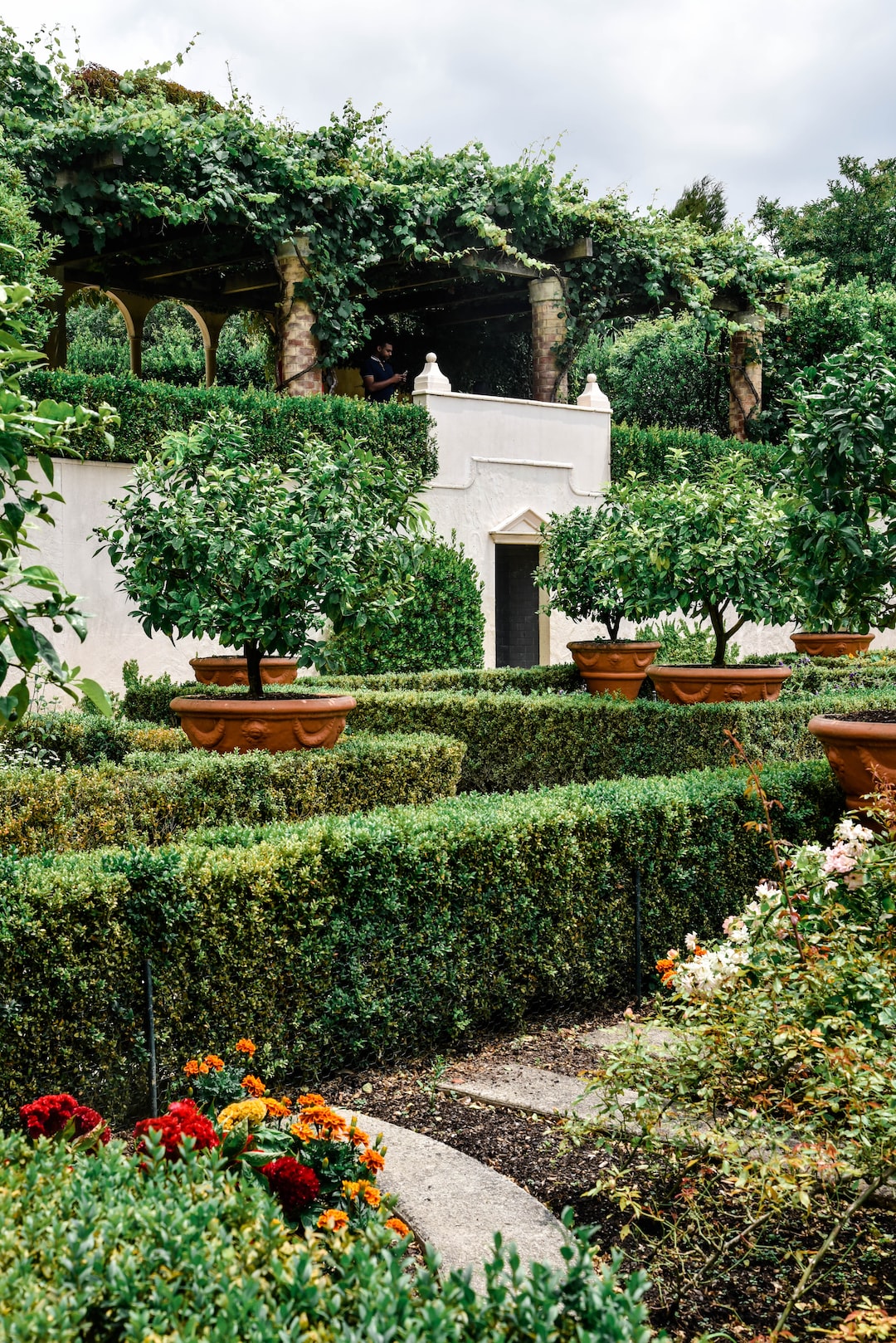Creating a wildlife-friendly garden not only benefits our local ecosystem, but it also adds beauty and excitement to our outdoor spaces. By prioritizing the needs of wildlife, we can offer them shelter, food, and water, while enjoying the sight of various birds, butterflies, and other fascinating creatures. Here are some simple tips to help you create your own wildlife-friendly garden.
1. Plant Native Species: Native plants are well-suited to the local climate and provide an abundant source of food for indigenous wildlife. Research which plants are native to your area and choose a variety to create a diverse habitat that attracts a wide range of species. Remember to consider different bloom times to ensure a continuous food source throughout the year.
2. Provide Water Sources: Water is essential for wildlife, so incorporate bird baths, shallow dishes, or a small pond into your garden. Ensure clean, fresh water is available, and consider adding a rock or branch to allow easy access for creatures to drink or bathe. Apart from providing hydration, water sources can attract a variety of wildlife, including frogs, dragonflies, and various bird species.
3. Create Shelter: Wildlife needs safe places to rest, hide, and breed. Incorporate features such as dense shrubs, tall grasses, and trees to provide cover and nesting sites. Leave a section of your garden natural or make a brush pile, which can serve as a wildlife refuge. Avoid using pesticides or chemical fertilizers to preserve the biodiversity of your garden.
4. Avoid Intensive Gardening Practices: Wildlife-friendly gardens work best when they follow natural processes. Minimize the use of lawnmowers, leaf blowers, and other machinery that may disrupt wildlife habitat or harm creatures hiding in the vegetation. Let fallen leaves and logs decompose naturally to provide a rich food source for insects and microorganisms, attracting birds and other wildlife.
5. Provide Food: In addition to planting native species, include feeders or seed-producing plants to provide extra nutrition for birds and small mammals. Consider different types of feeders to accommodate various species and their different feeding habits. This will encourage birds to visit your garden regularly, providing an enjoyable spectacle for you and a reliable food source for them.
6. Minimize Light Pollution: Excessive artificial lighting can disorient nocturnal wildlife and disrupt their natural behaviors. Install outdoor lighting fixtures that are downward-facing and motion-activated to reduce the impact on wildlife. Additionally, minimizing outdoor lighting can enhance the beauty of your garden and create a more peaceful environment.
Creating a wildlife-friendly garden is a rewarding endeavor that allows us to coexist harmoniously with nature. By incorporating these tips into our gardening practices, we can support biodiversity, enjoy the beauty of local wildlife, and contribute to the conservation of our environment. So, roll up your sleeves, grab your gardening tools, and join the movement of transforming your yard into a sanctuary for wildlife!


